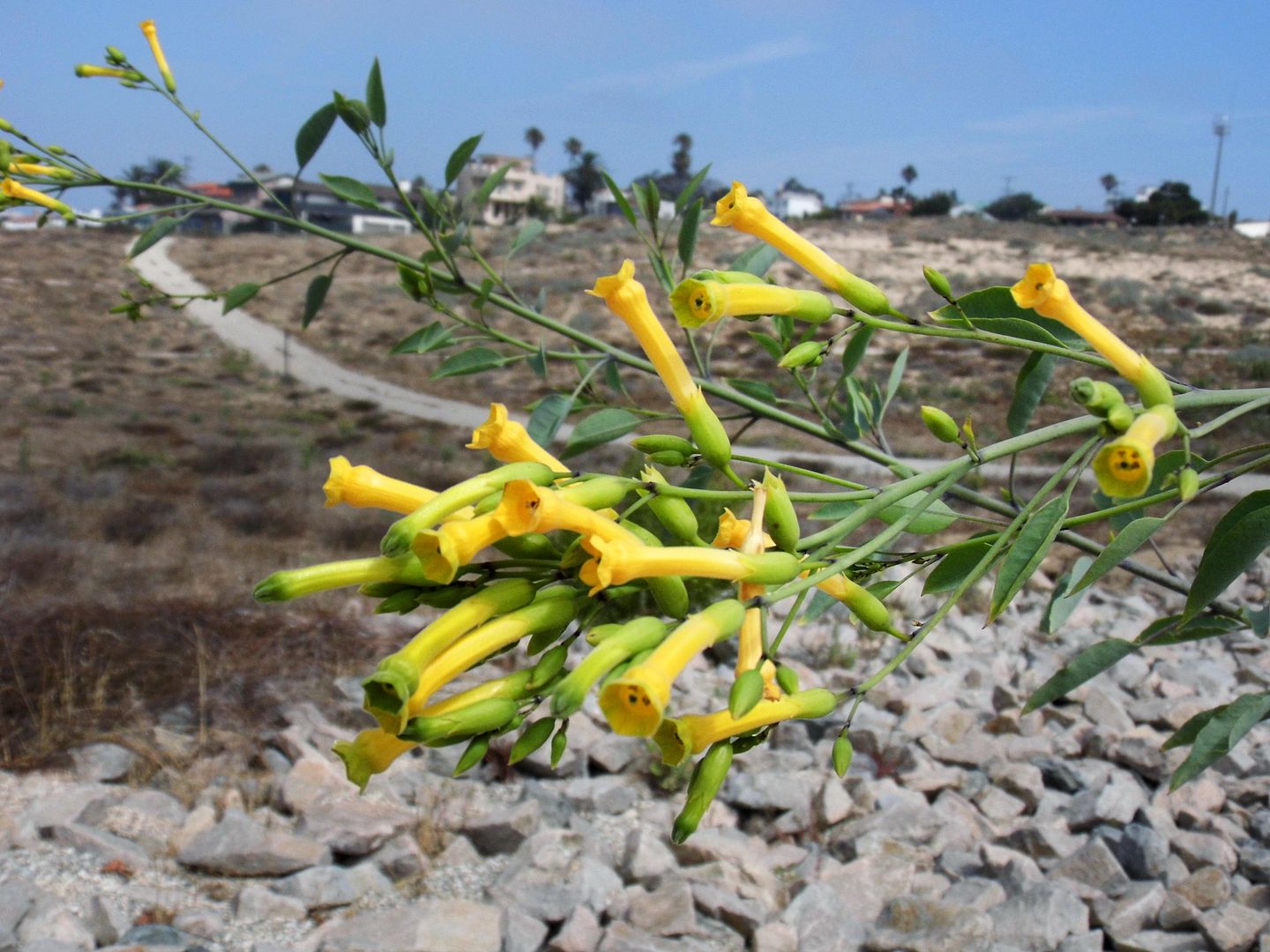
...at the site of the worst nightmare for others.
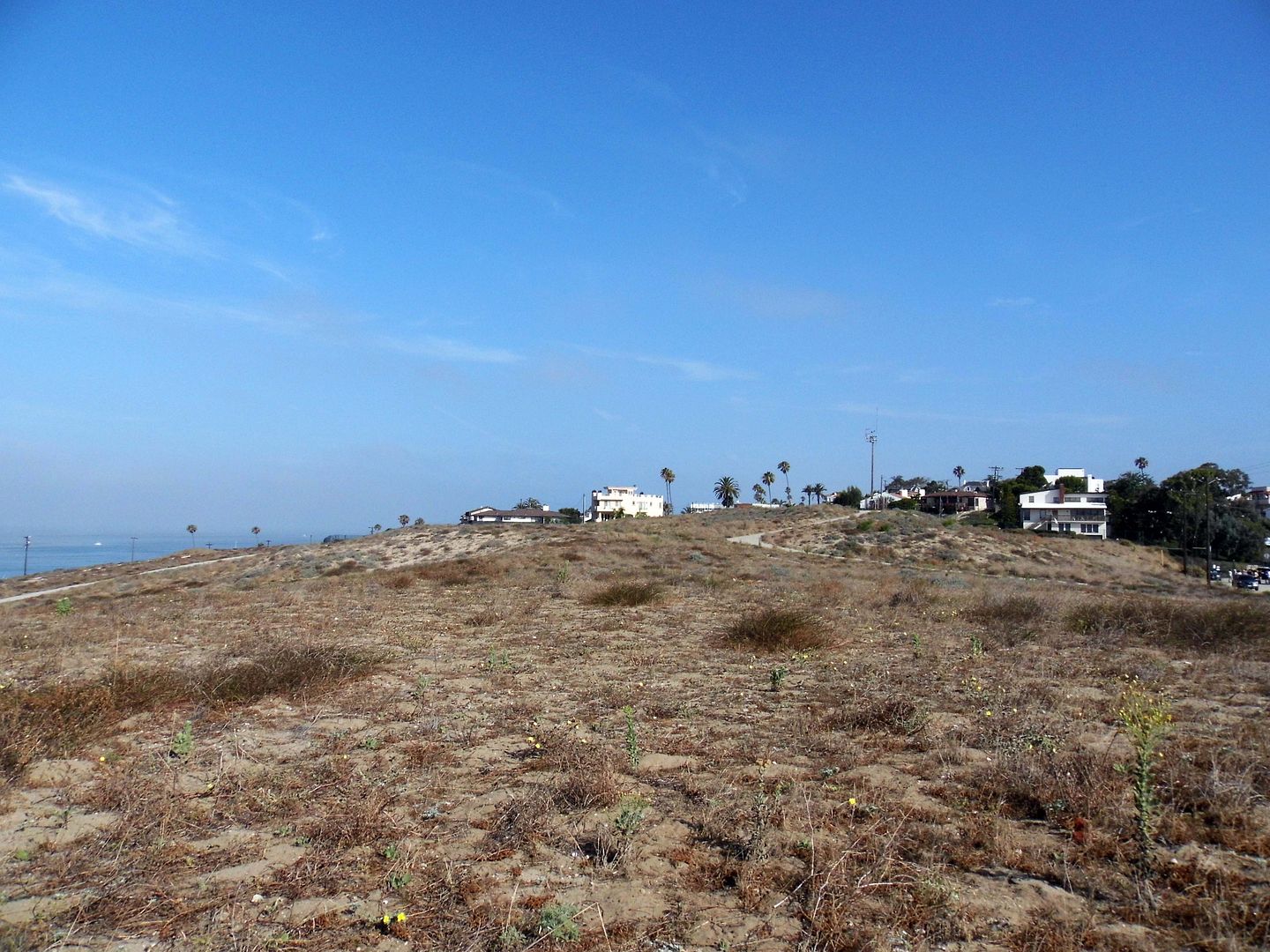
Ever since I first heard about Surfridge—the former bedroom community across from Dockweiler State Beach in Playa del Rey that had been evicted in the 1960s and razed in the 1970s—I've wanted to get inside the fence.
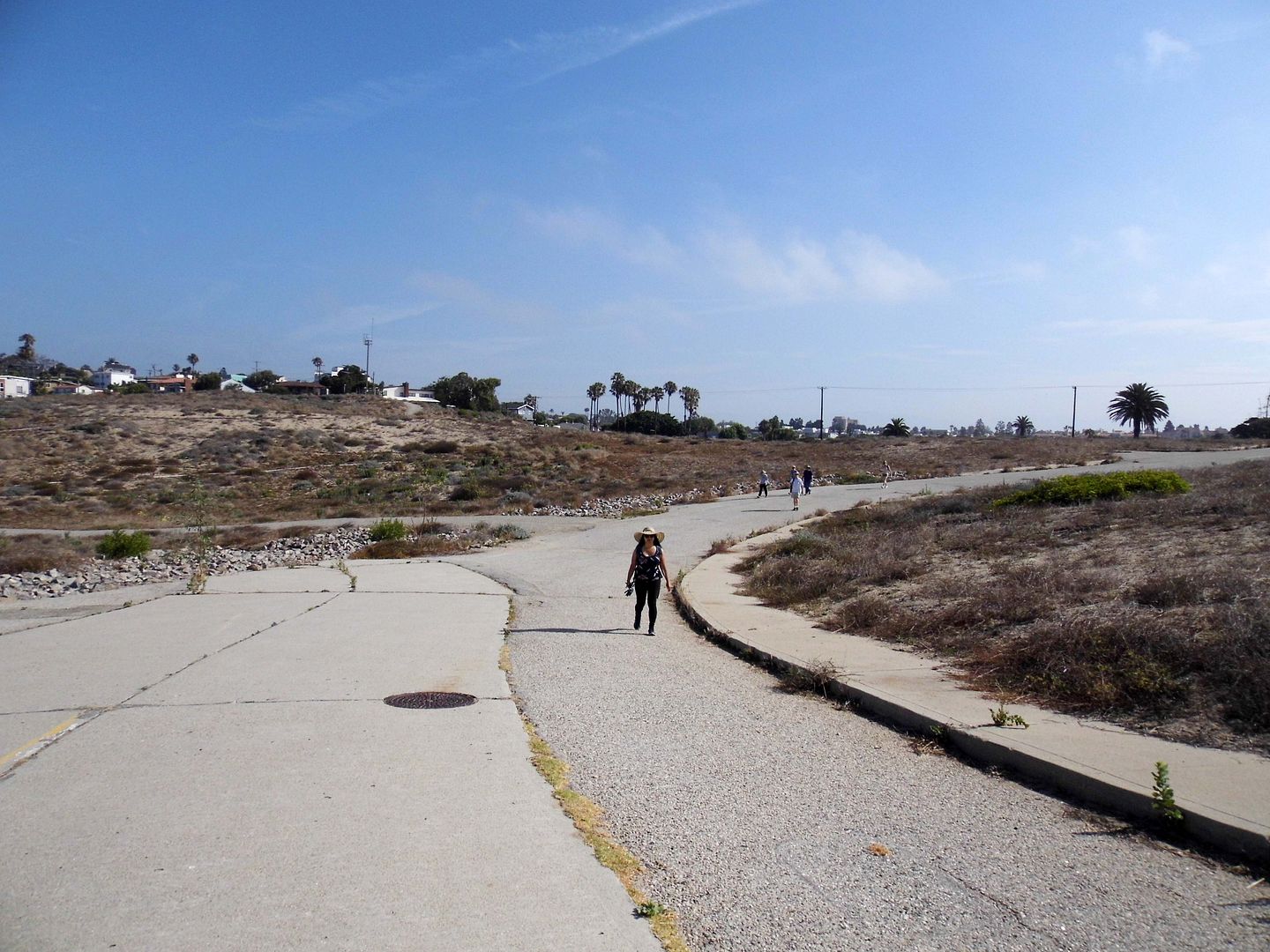
The only hitch was that I wanted to do it legally, rather than invoke the wrath of the LAX airport police, who patrol the area owned by Los Angeles World Airports. And after seven years, I found a way in.

I knew that The Bay Foundation had been doing restoration work on the dunes owned by LAX—but I wasn't convinced that I'd actually get in, so I didn't go until my friend Erin invited me to join her.

I hadn't been to the perimeter in three years; and I hadn't taken a good, hard look through the fence since 2012. I didn't realize that in 2013, even more of Surfridge had been razed—including removing some of the city streets and filling them in with dirt.
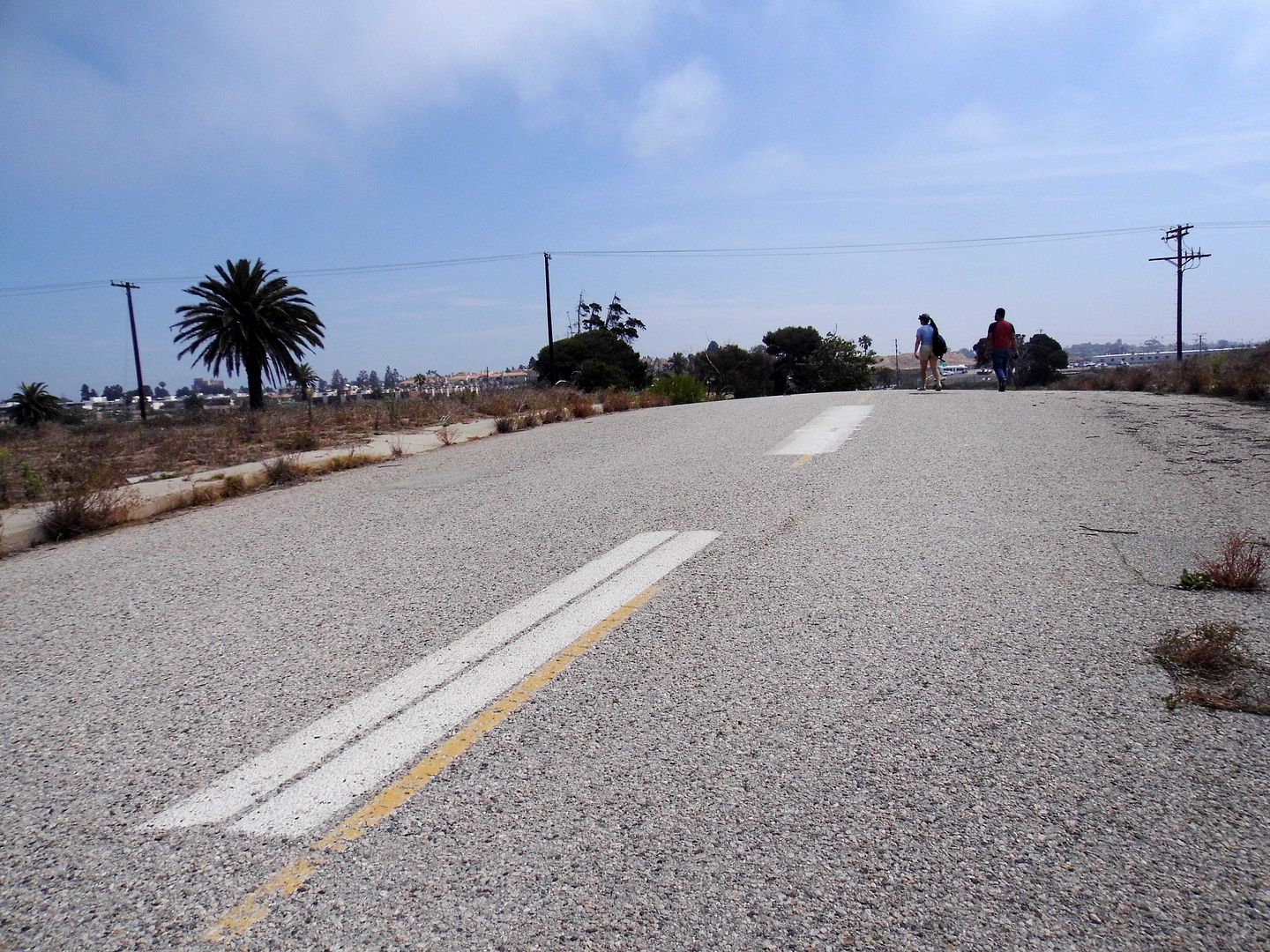
Walking up one of the remaining streets—inside the fence, beyond the locked gate—I had a hard time orienting myself without the outlines of old foundations in pink and green tile that I'd practically memorized from seven years ago.
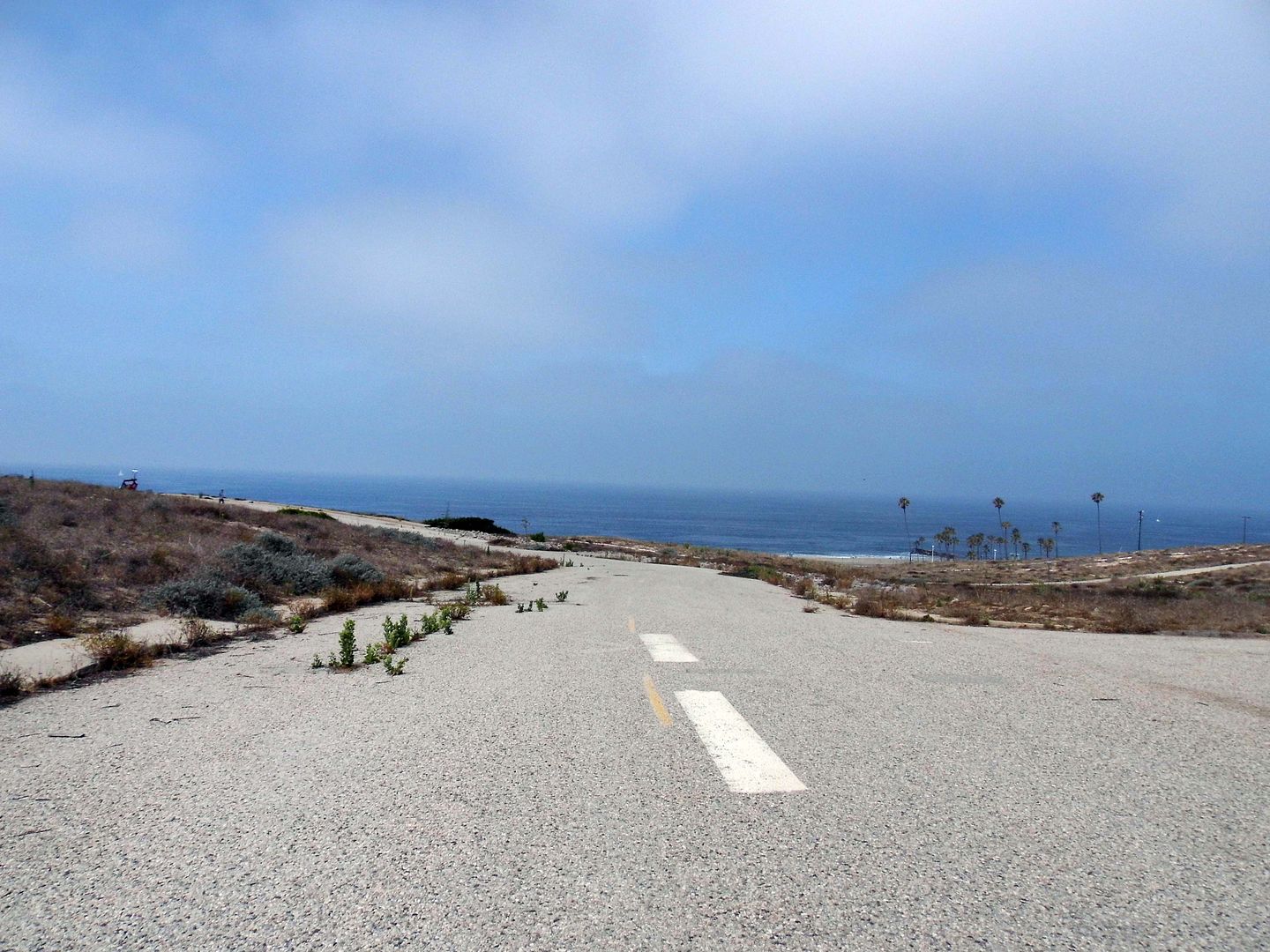
I could tell that Nature had continued to take over—obscuring the sidewalks, bursting through the pavement, erasing the human traces (with just a few exceptions).

Unfortunately, Nature had taken over in some of the wrong ways—with invasive plants choking out the natives that our delicate dune ecosystem so desperately relies on.

On Saturday, we were there to gather the dead remains of black mustard (Brassica nigra), which had clumped together in giant tumbleweeds and lie in dormancy, waiting to spread its seed into the next season.
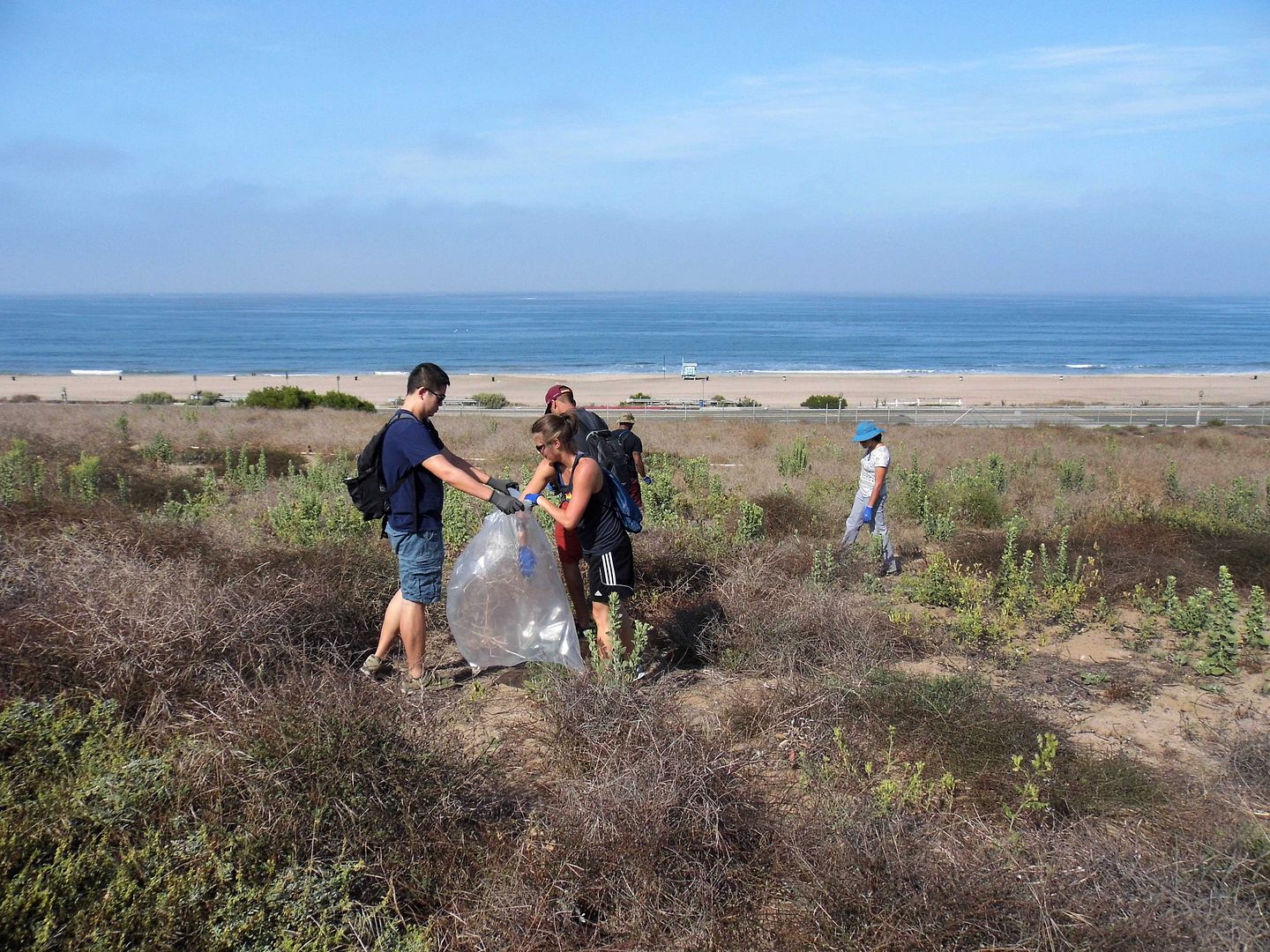
The invasives are shockingly easy to pull up and out—and not just because of the sandy dunes they grow in. Native plants just have a better stronghold on the earth beneath them because they're supposed to grow there.
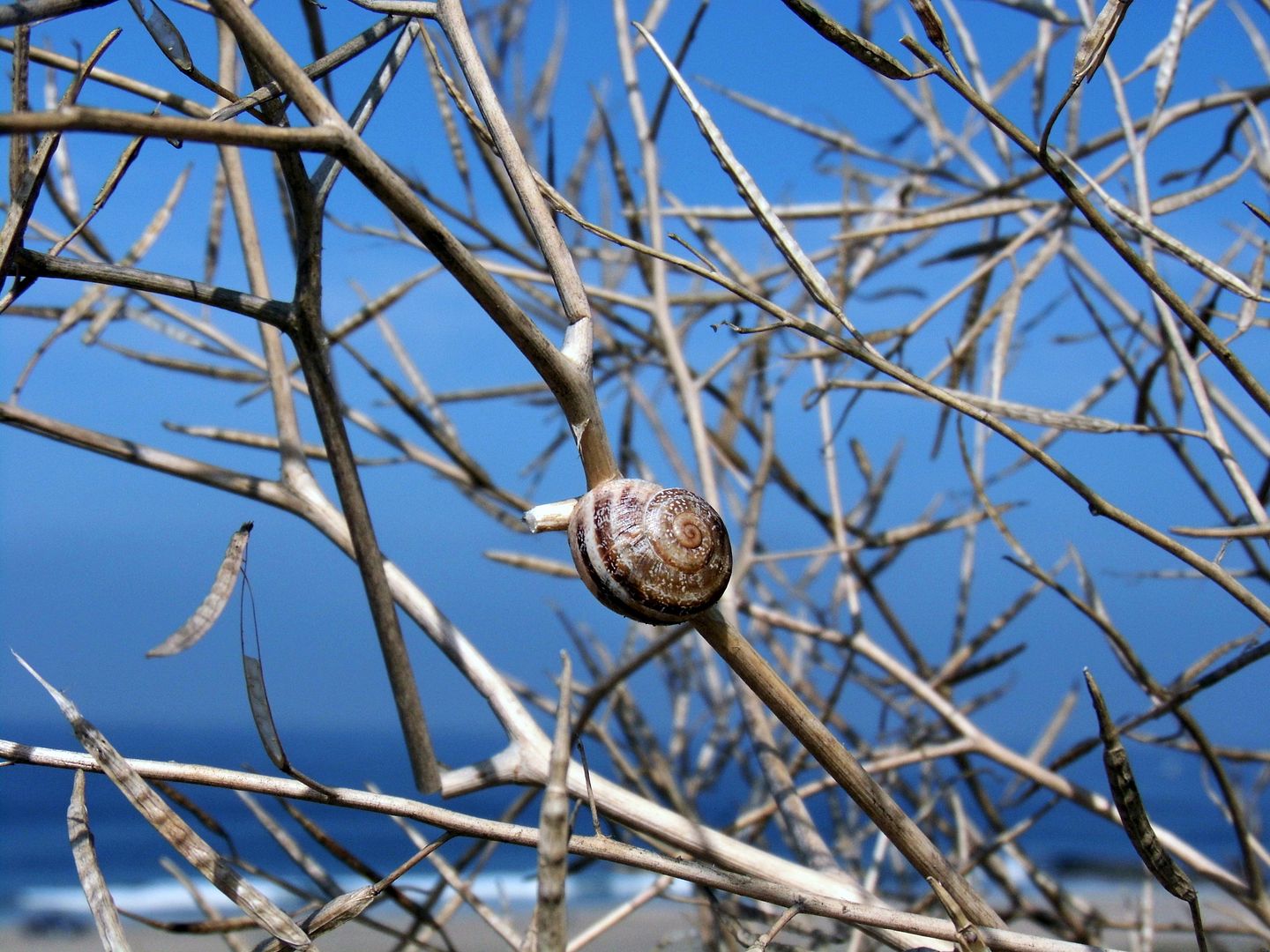
Unfortunately, another non-native species invading the dunes is the snail, some of whom stuck like glue to the black mustard branches and got bagged right along with the weeds.
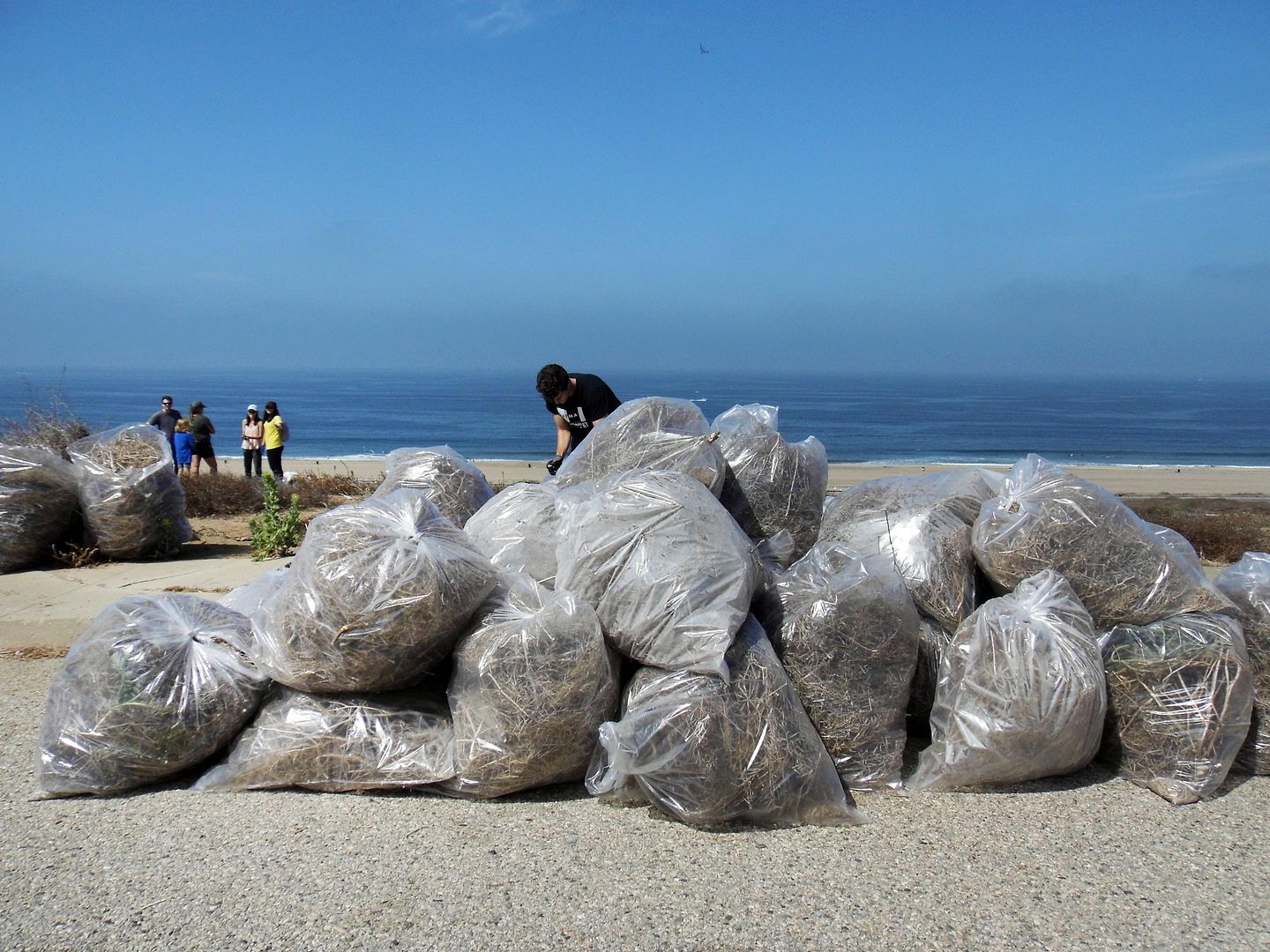
It's amazing how much a dedicated group of volunteers can do in such a short period of time. And it felt good to get to snoop around a place while actually doing something good.

But Erin and I were so easily distracted by the biodiversity of the dunes...

...trying to identify every plant...

...like the late-blooming evening primrose...
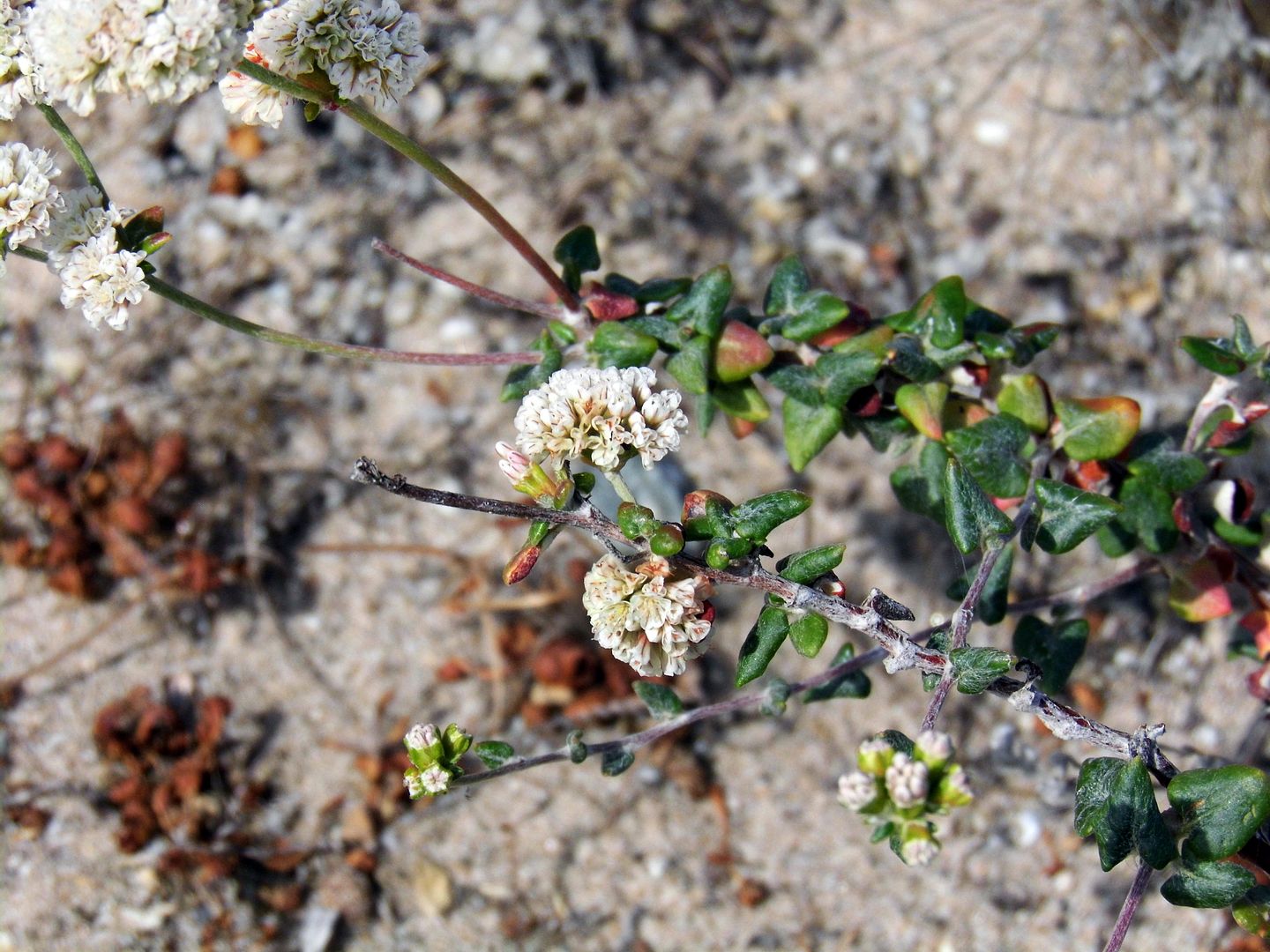
...and the Seacliff buckwheat (Eriogonum parvifolium) that the El Segundo blue butterfly exclusively relies on.
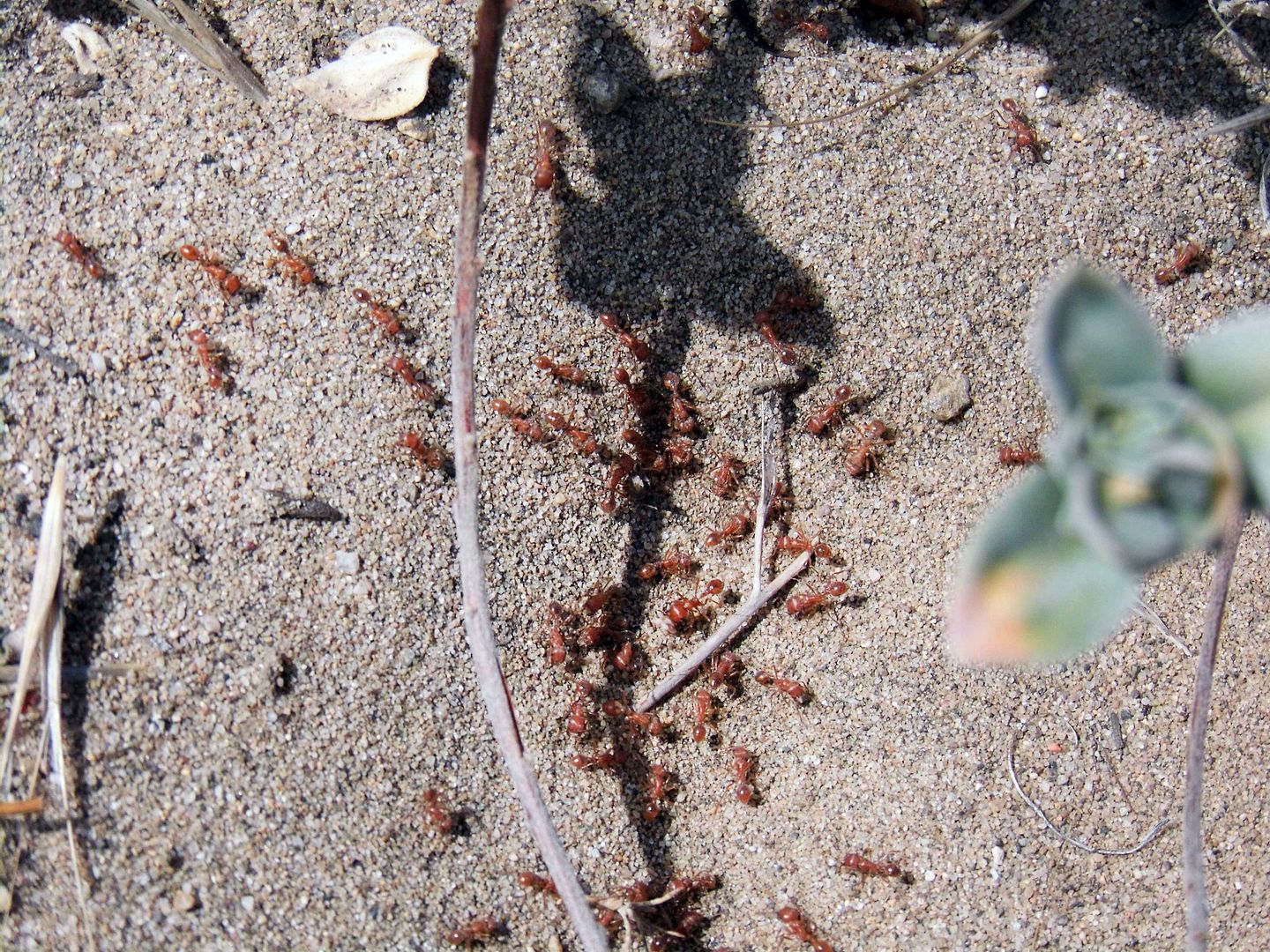
We were too late in the season to catch the endemic species of butterfly mating, but we did observe an army of ants normally feasted on by the horned lizard.
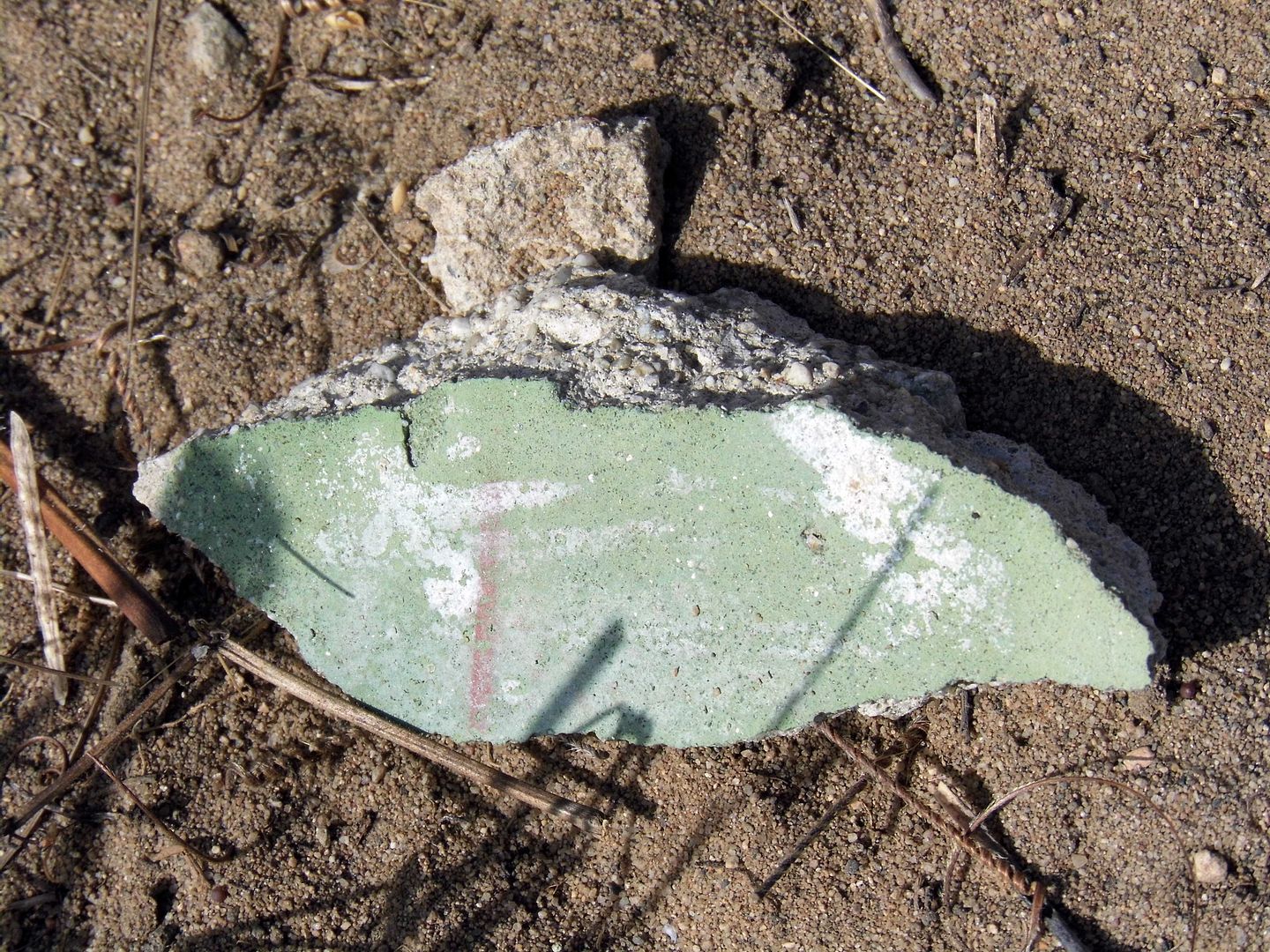
I was too distracted by shards of those familiar tiles to even look for a horned lizard...
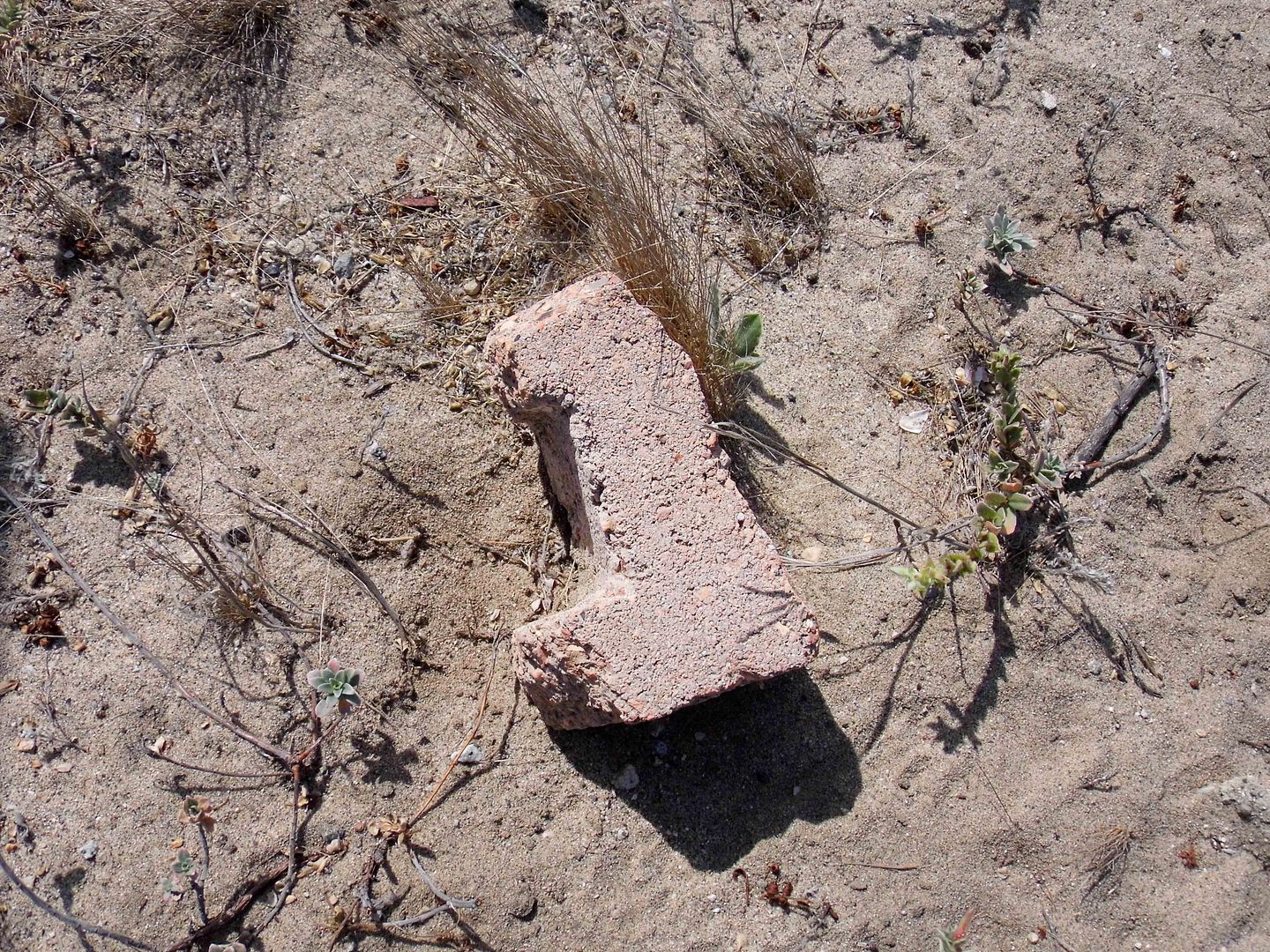
...or any of the burrowing owls that now call Surfridge home (and are thriving there).
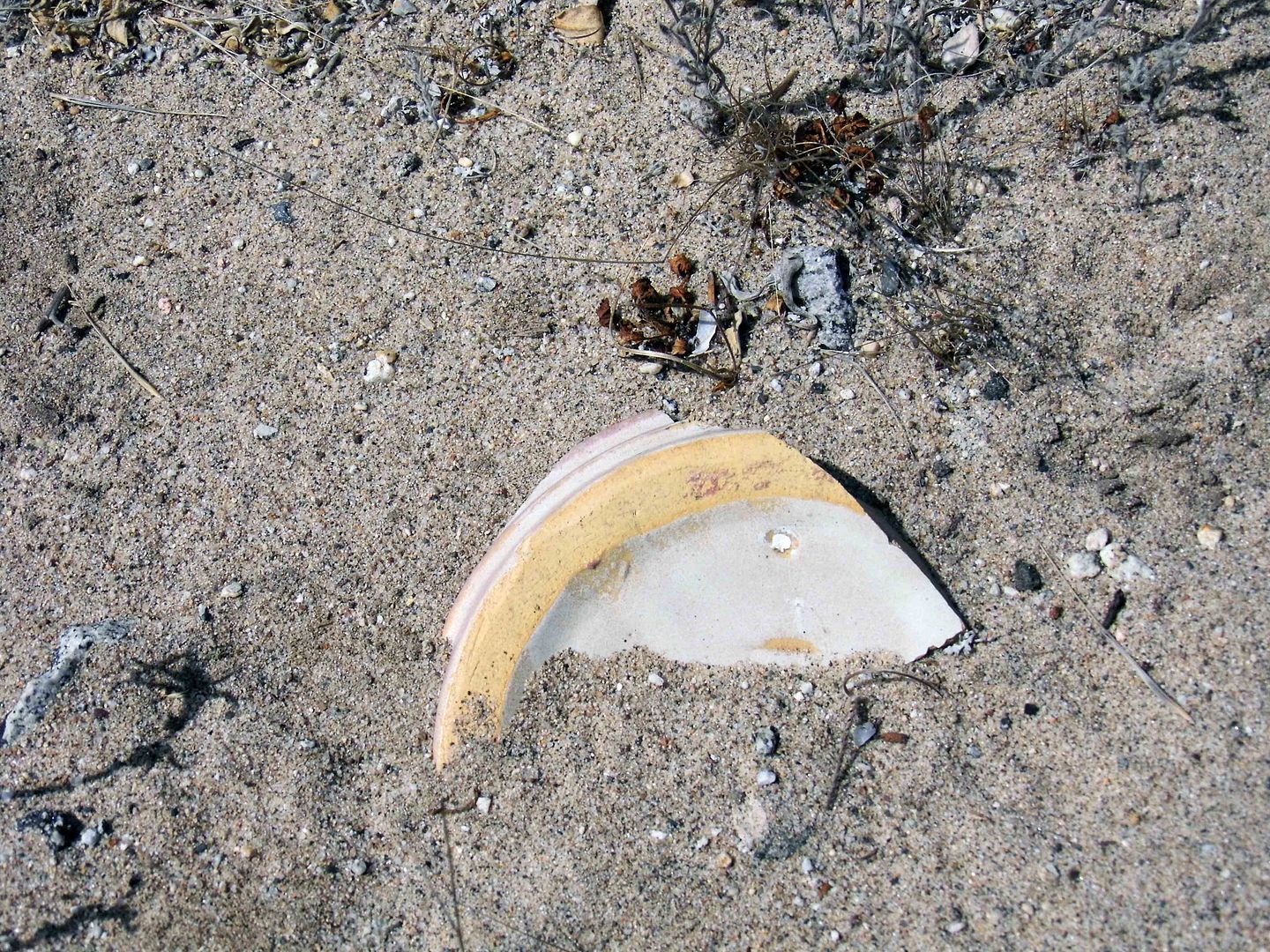
Surfridge really has become a wildlife preserve—and its ownership by LAX (and the airport's inactivity surrounding its development into runways) has really helped Surfridge come to life in new ways after being abandoned so many decades ago.
Some former residents have even come to help restore the habitat.
It's nice to see something good come out of something bad for once.
Will they ever let people back in on a regular basis? I hope not.
Let's just give it back to Mother Nature and see what she does with it, while commercial jets fly over every two minutes.
To sign up for one of the future monthly restoration events, visit The Bay Foundation online.
Related Posts:
Photo Essay: Surfridge, LAX's Beachside Ghost Town - Part One

The Saturday I went I found a small scorpion. I gave it a safe place to hide and a wide berth. I remember them from when I grew up in the area. It was a bittersweet morning...trying to do some good for my old neighborhood and remembering so many beautiful homes that were destroyed by a greedy city, only to be resurrected on behalf of a tiny butterfly. The airport had wanted to put hotels and golf courses on that land until the environmental community found the El Segundo Blue Butterfly there. I'm ok losing my home to give a blue butterfly back its habitat...sad still about the families torn apart, but at least the land will be restored.
ReplyDelete